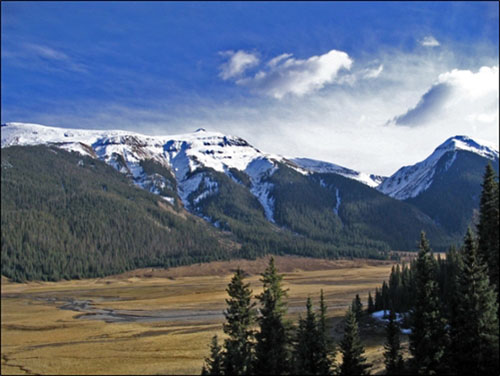Groundwater/Surface-water Interactions in Mountains

In general, the role of deep circulating groundwater in watersheds remains poorly quantified. Recent research in mountainous watersheds in the Saguache Creek watershed of southern Colorado (Frisbee et al., 2011 WRR), the EL Rito watershed of northern New Mexico (Frisbee et al., 2016 GRL) and the Rio Hondo watershed of northern New Mexico (Frisbee et al., 2016 in press) has shown that deep groundwater may be a critical and in some cases dominant source of water for streams and springs. This has important implications for the hydrological response of mountainous watersheds to the effects of perturbations such as climate change, and land-use and land-cover change since mountains are the primary source of groundwater recharge in these regions. The majority of recharge in these mountainous watersheds is sourced from snowmelt (Tolley et al., 2015 NMGS). However, research indicates that there are trends toward thinner snowpacks and shorter duration of snowpacks. This suggests that less water will be available for recharge and subsequently, a reduction in groundwater available to support baseflow in streams and perennial flow from springs. Ongoing research in these three watersheds is focused on addressing the following questions: How will perennial streamflow and springflow be impacted in a drying climate? What impact does large-scale landscape and forest disturbance have on perennial streamflow and springflow? How do these perturbations propagate through the mountain bedrock aquifers? What is the time scale of change? How transferable are the conceptual models from the southern Rocky Mountains to other mountainous systems with different climatology, for example, the southern Appalachians?